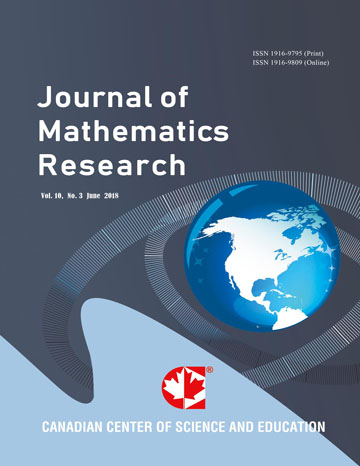Solutions to Four-Letter Words in Mathematics
- Humberto Gonz´alez-Corona
Abstract
By trial and error, and observing patterns in existing mathematics, we built our own unorthodox notation to solve mathematical challenges having no known solutions. The imaginary number \textit{i} is real. We determined the significance and applicability of unbalanced equations such as one "equal" to zero, and one "equal" to negative one, solved for multiplications and divisions by zero. Computing coefficients from general solutions with initial conditions turns homogeneous equations into non-homogeneous ones. We computed coefficients from general solutions using periods from their own equations instead of initial conditions. Homogeneous linear second-order equations with real roots have companions with "imaginary" roots, and double-roots. We solved for logarithms having negative arguments, negative bases, or both without the absolute-value notation. The roots of homogeneous linear equations are the frequencies of their signals. Roots/frequencies and periods from linear homogeneous equations are related to electronics. The speed of light is not a limiting factor in special relativity.
- Full Text:
 PDF
PDF
- DOI:10.5539/jmr.v10n5p76
Index
- ACNP
- Aerospace Database
- BASE (Bielefeld Academic Search Engine)
- Civil Engineering Abstracts
- CNKI Scholar
- DTU Library
- EconPapers
- Elektronische Zeitschriftenbibliothek (EZB)
- EuroPub Database
- Google Scholar
- Harvard Library
- IDEAS
- Infotrieve
- JournalTOCs
- MathGuide
- MathSciNet
- Open policy finder
- RePEc
- ResearchGate
- Scilit
- Technische Informationsbibliothek (TIB)
- The Keepers Registry
- UCR Library
- Universe Digital Library
- WorldCat
Contact
- Sophia WangEditorial Assistant
- jmr@ccsenet.org
